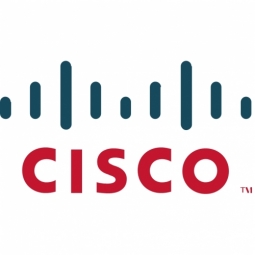Cisco Connected Real Estate for Healthcare

- Functional Applications - Remote Monitoring & Control Systems
- Infrastructure as a Service (IaaS)
- Sensors - Airflow Sensors
- Sensors - Biometric Sensor
- Sensors - Humidity Sensors
- Sensors - Temperature Sensors
- Sensors - Utility Meters
- Healthcare & Hospitals
- Facility Management
- Building Automation & Control
- Remote Patient Monitoring
Today's healthcare providers face a daunting challenge: sustaining or improving patient care levels despite shortages of clinicians and nurses, increasing competition, and financial pressure.
The Connected Real Estate for Healthcare framework from Cisco: buildings designed with a standards-based IP network to deliver and manage the hospital's services more efficiently and at a lower cost. Unified communications converge voice, video, and data capabilities over building information networks with video conferencing, telemedicine, wireless and remote access, and other collaboration and productivity tools. Converging security applications over the building information network allows you to use your existing IP infrastructure for video surveillance, access control, visitor management, and fire safety. The IP infrastructure can even support the monitoring, control, and visibility of your varied building systems, such as HVAC, lighting, transportation, and energy management.
Related Case Studies.











